Case Study
Provincial Hydro Utility Company
Challenge
Conducting pole inspections in difficult terrains such as floating bogs, muskeg, and water elevated swamp areas, using unreliable and unsafe off-road vehicles.
Solution
The implementation of the Fat Truck off-road amphibious utility vehicle.
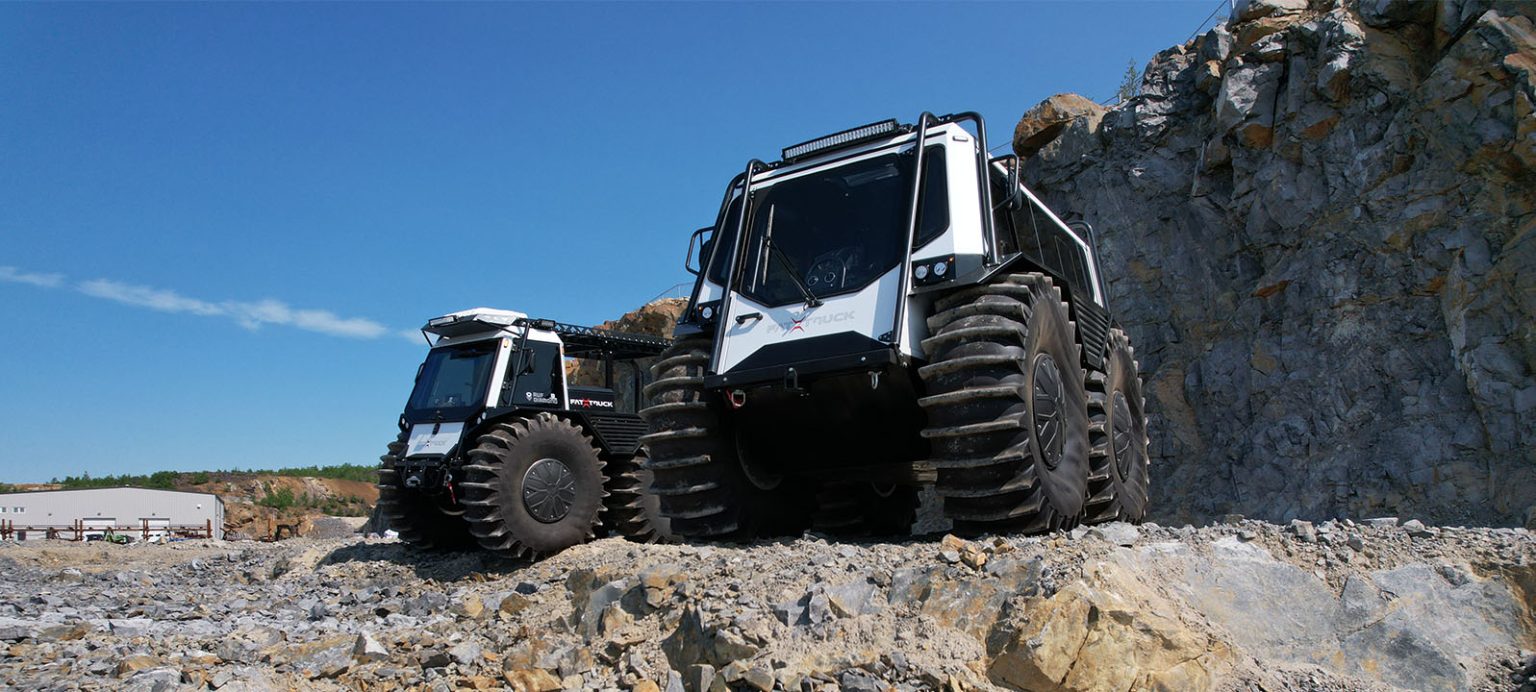
Overview
A provincial hydro utility company faced significant challenges when conducting pole inspections along a 100 km route between Moosonee and Otter Rapids. The route traversed harsh terrains, including floating bogs, muskeg, deep creek crossings, and water elevated swamp areas. Previous off-road vehicles used for inspections were prone to breakdowns, had reliability issues, and raised safety concerns. Recognizing the need for a suitable tool, a forward-thinking manager proposed the adoption of the Fat Truck, despite initial resistance from the management team.
Implementation
The Fat Truck, renowned for its exceptional off-road capabilities and amphibious features, emerged as the ideal solution for the utility company. It effortlessly traversed the challenging terrains encountered on the route, allowing the company’s staff to reach each pole efficiently and safely. The Fat Truck’s ability to drive through rain while keeping the testing equipment dry proved invaluable. Additionally, its design facilitated easy access to the poles, enabling quick and safe inspections without the need to navigate sinkholes on foot.
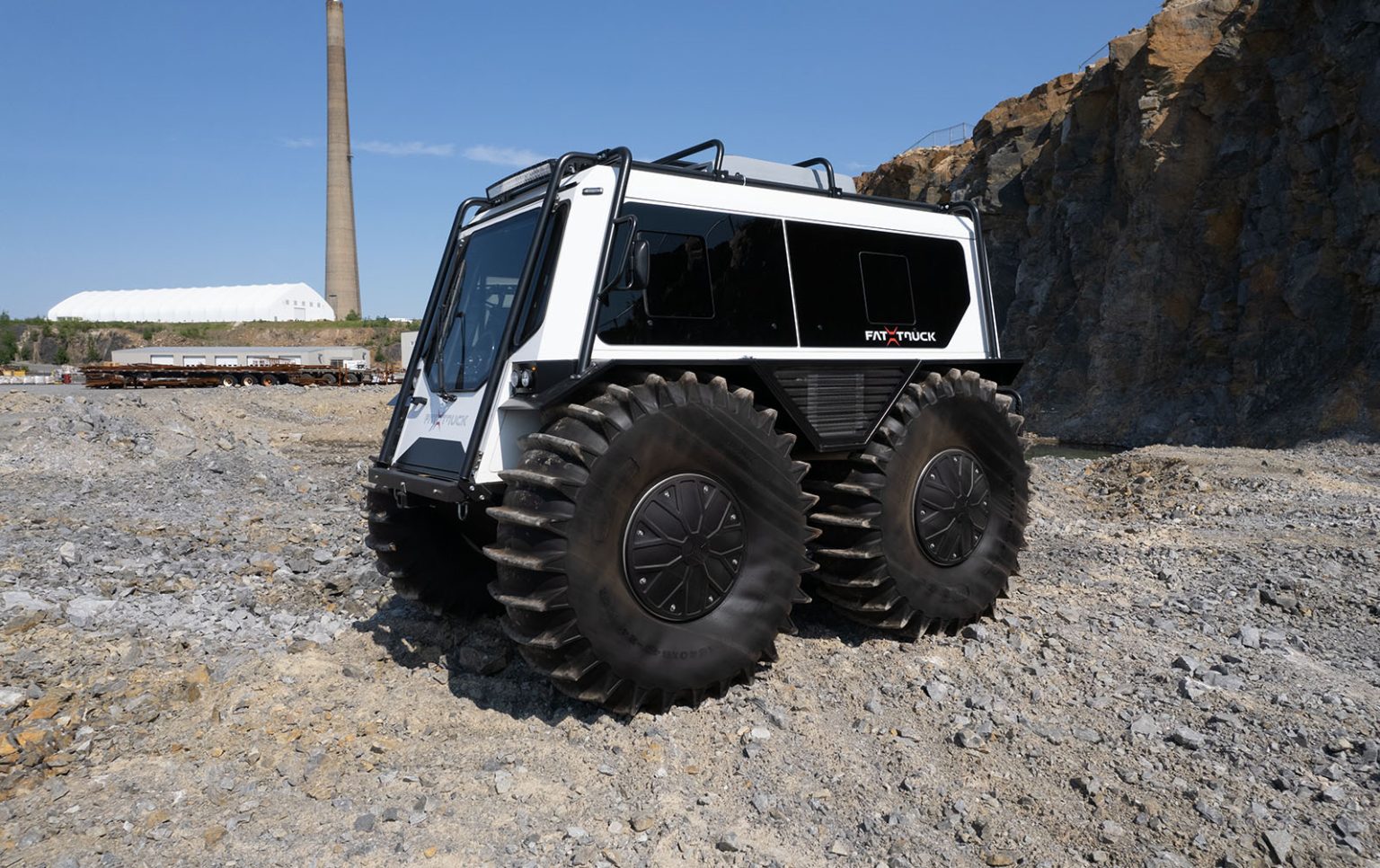
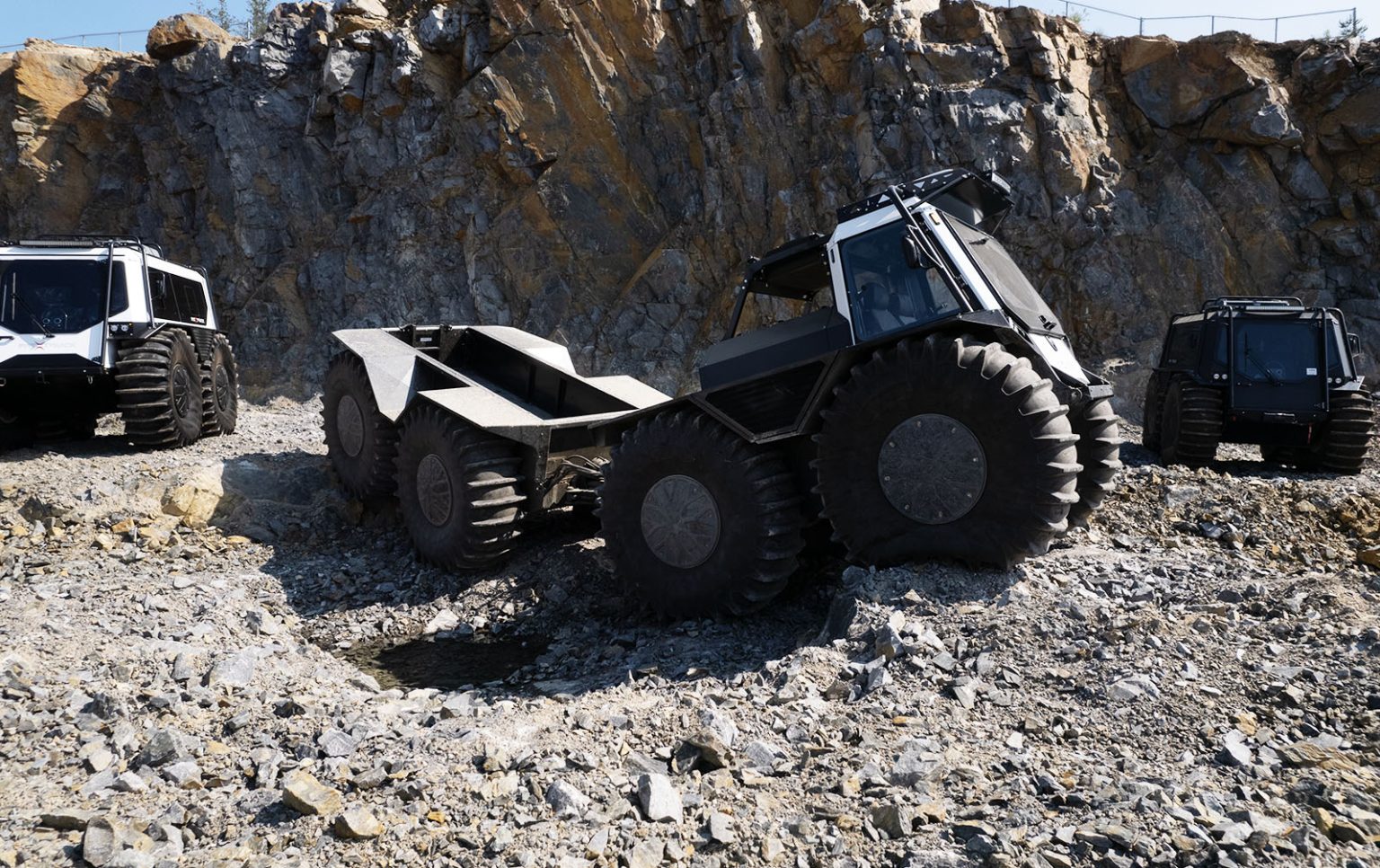
Results
The Fat Truck’s performance exceeded all expectations. Despite being older units, the Fat Trucks performed flawlessly throughout the entire operation, with not a single breakdown occurring. Each of the two deployed Fat Trucks carried safety emergency gear, pole testing instruments, coolers, PPE, and 2-3 employees. The crews provided overwhelmingly positive feedback, praising the units for keeping them dry, warm, and comfortable, particularly given the challenging Northern location and season.
Benefits
The implementation of the Fat Truck resulted in significant time and cost savings for the utility company. Without this specialized vehicle, the project would have been practically impossible, necessitating complex logistics, aircraft, and personnel, while increasing safety risks. The crews’ enhanced comfort and performance further underscored the effectiveness of the Fat Truck in off-road tasks. As a result, the Fat Truck is now being utilized service-wide by the utility company, ensuring efficient and reliable operations in demanding terrains.
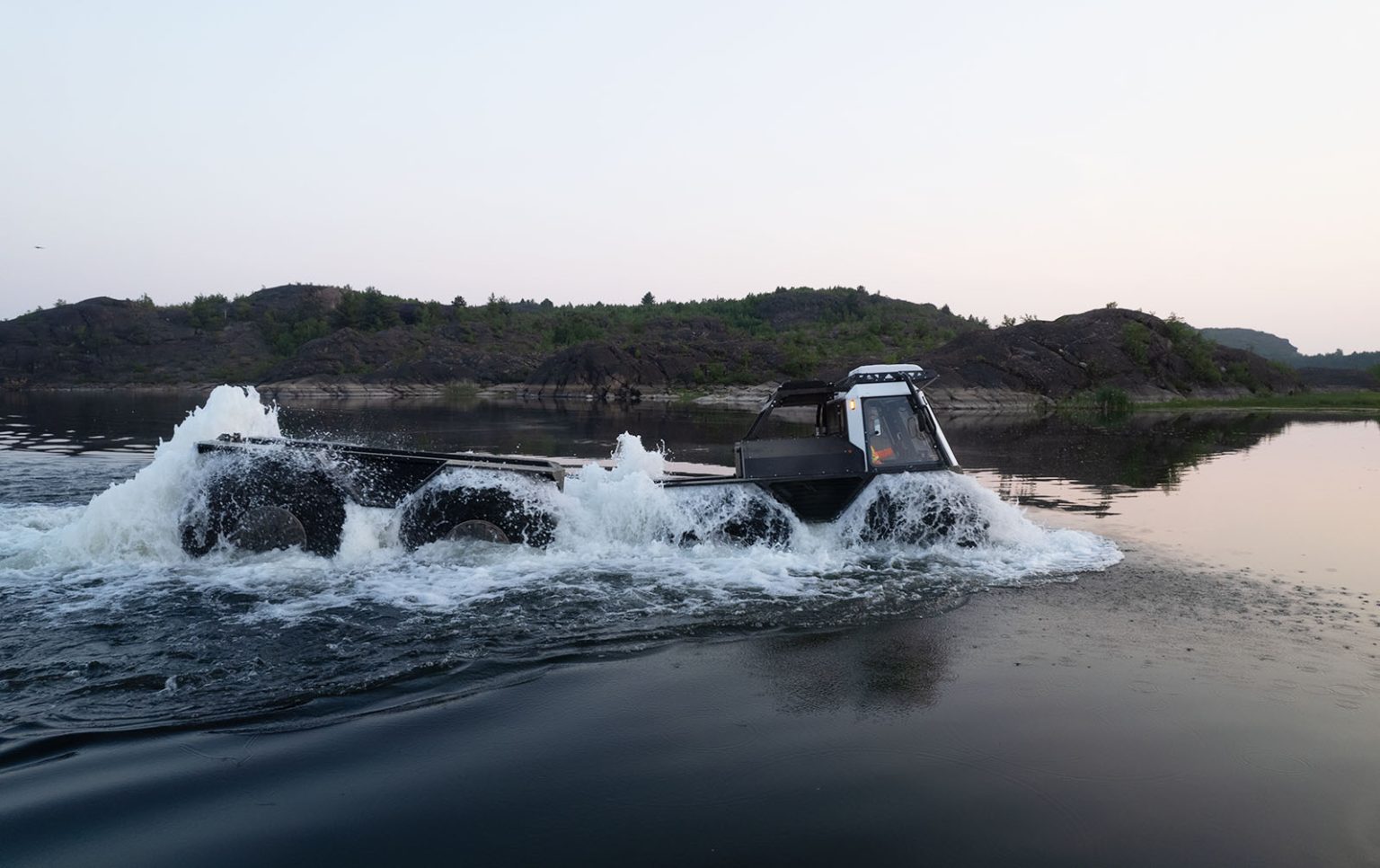
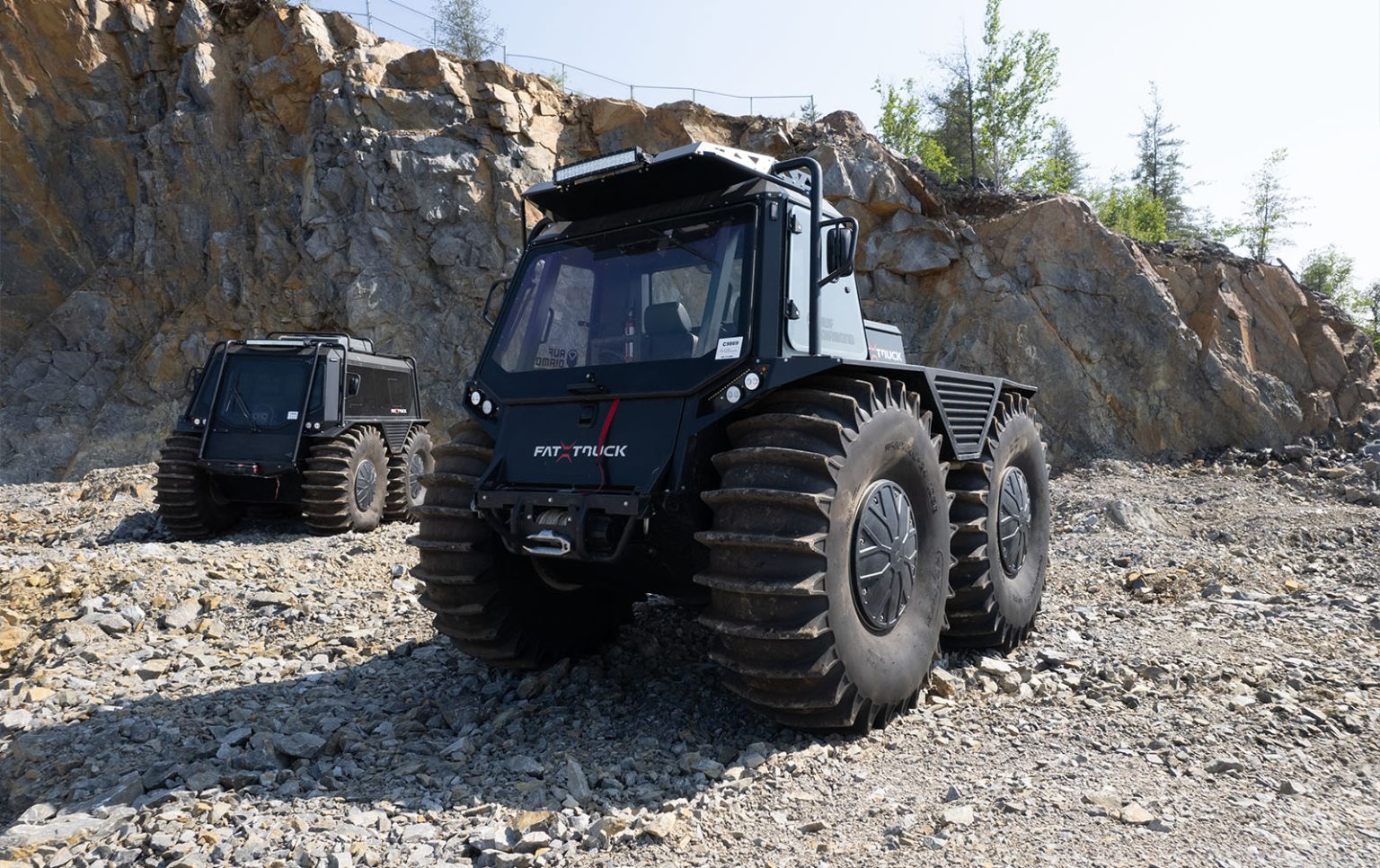
Conclusions
By embracing the Fat Truck off-road amphibious utility vehicle, the Provincial Hydro Utility Company revolutionized its pole inspection process. Overcoming the challenges posed by difficult terrains such as floating bogs, muskeg, and water elevated swamp areas, the Fat Truck facilitated safe and efficient assessments. It eliminated the need for extensive logistics and mitigated safety risks. The exceptional performance of the Fat Truck on the Moosonee to Otter Rapids route established it as the vehicle of choice for off-road tasks throughout the utility company’s operations, solidifying its role as a valuable asset.